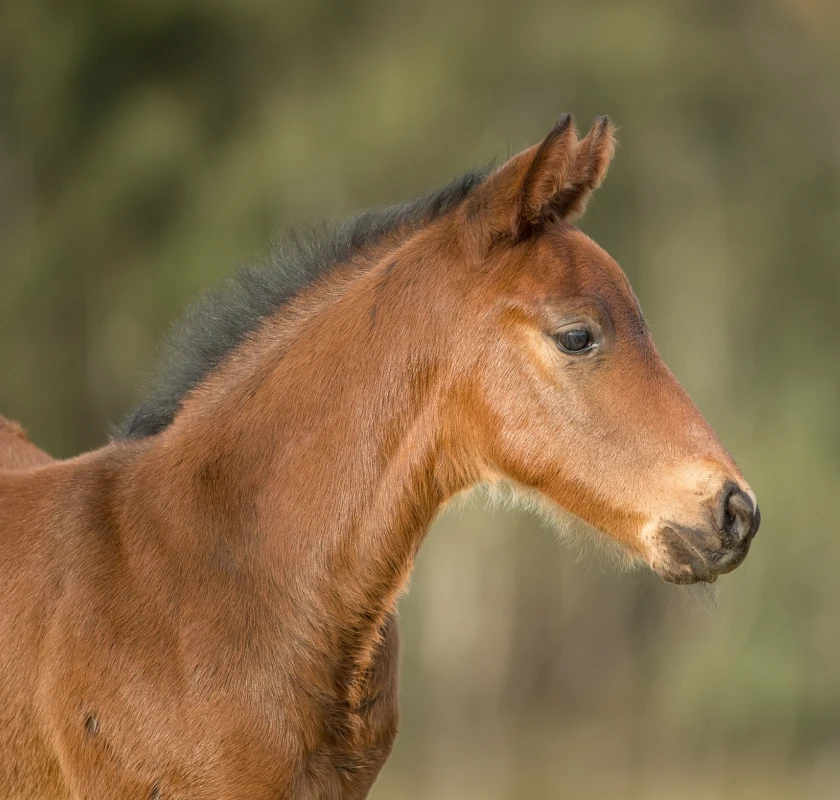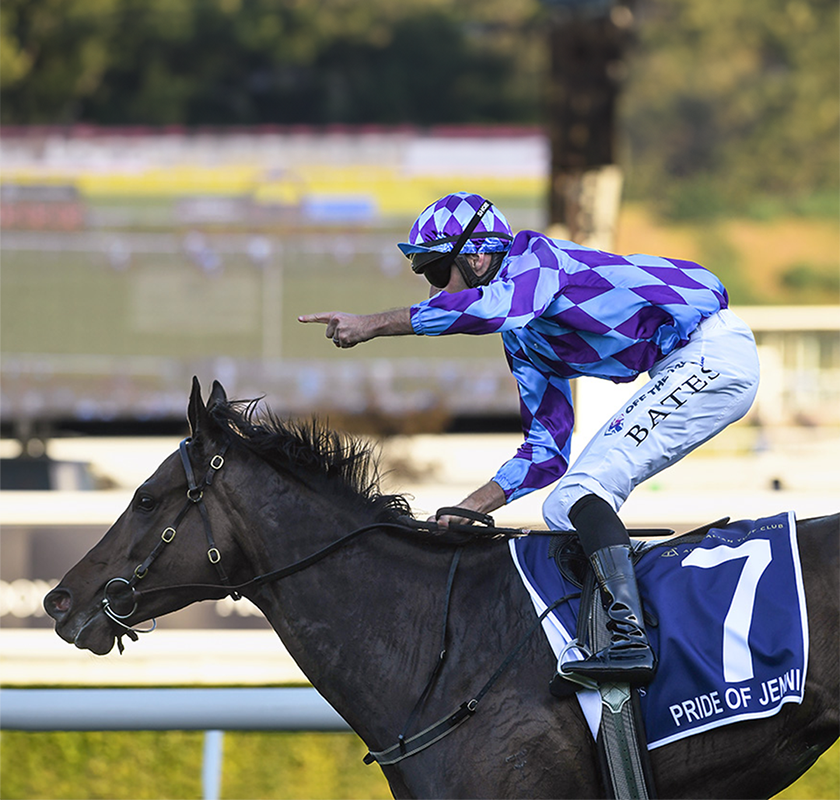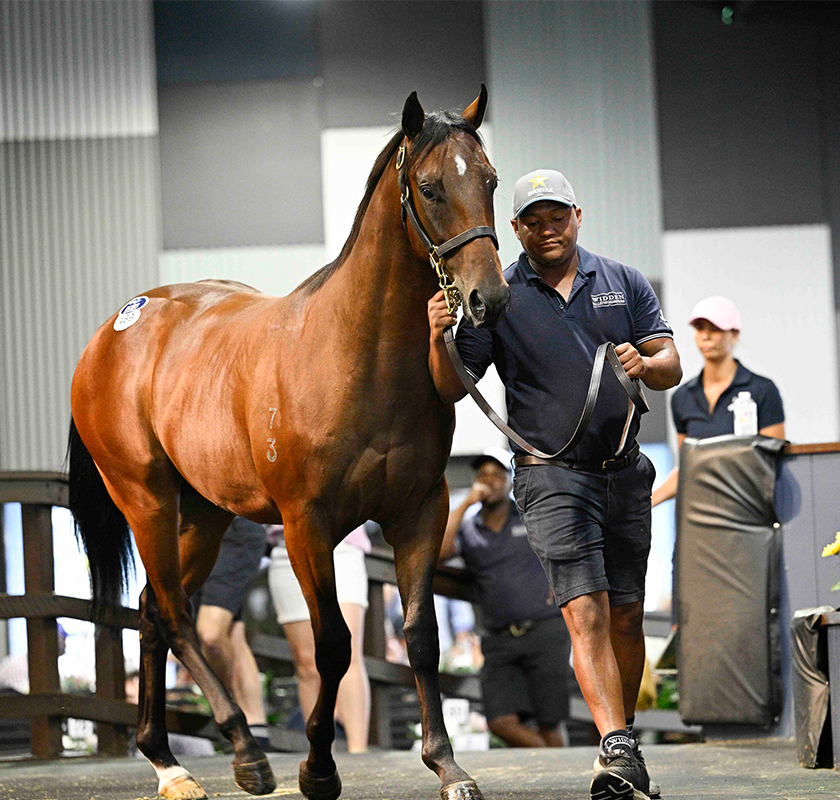A Marvelous Environment For Mares
Australian-bred foals receive a wonderful start to life, setting them up to become world class athletes. With warmer climates and natural births that mirror the wild, our foals hit the ground running.
The Australian breeding sector is regarded as a global leader: not only does it have the second highest foal crop in the world, with over 12,000 thoroughbreds born each year, but it consistently produces international champions such as Hong Kong’s Golden Sixty and Royal Ascot winner Asfoora.
The success of elite racehorses can be attributed to many factors, but their early upbringing plays a crucial role.
Dr Joan Carrick, a leading veterinarian who specialises in high risk equine pregnancies, believes the warm climate, combined with mares being kept in large paddocks and foaling outside gives Australian-breds an advantage over their international counterparts.
Dr Carrick, who is based in the Hunter Valley in NSW, but received her PhD from the University of Georgia and also worked in the US previously, highlights the ability of mares to exercise in the late stage of pregnancy as being particularly beneficial.
This ensures they can continuously graze as they wish and can move freely as they would in the wild. Dr. Carrick believes the “opportunity for exercise and continuous access to green grass” is vital to the success of the mare and the pregnancy.
This freedom to exercise, rather than being kept in a stable, also allows mares to maintain a healthy condition rather than becoming overweight.
“If we look at research on wild ponies – those pregnant mares move a lot,” explains Dr Carrick. “The wild ponies have been shown to walk during their pregnancy, at least 10 miles a day, and then just before pregnancy, in the last two weeks before they foal, somehow the stallion picks that they are about to foal, and the stallion makes them walk more – these ponies actually walk 20 miles a day.”
The climate found in Australia during the breeding season also contributes to the well-being of pregnant mares and the foals they are carrying in-utero.
“Our temperatures are nowhere near as bad as most Northern Hemisphere breeding regions. Added to this, the mares are able to get green grass, so we’re not relying on hay and hard feed completely for their diet,” says Dr Carrick. “So, I do think that certainly allows them to spend all their energy growing a foal rather than keeping warm.”
And when it comes to having that foal, Dr Carrick believes the delivery, mostly carried out in small paddocks in Australia that mirrors the wild, is also “less stressful” on mares than birth in a stable.
The access young foals have to pasture – often being housed in large paddocks early in their life – ensures they are set up to become elite racehorses later in life. This opportunity for exercise is crucial for the growing bone and also the muscular development of the foal.




